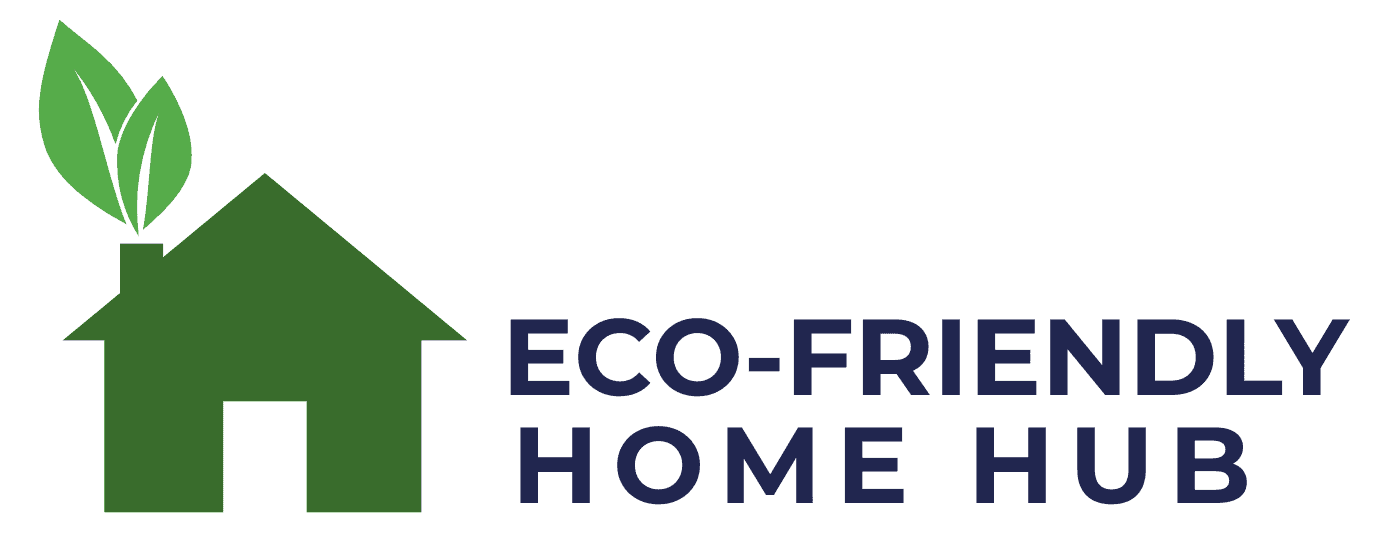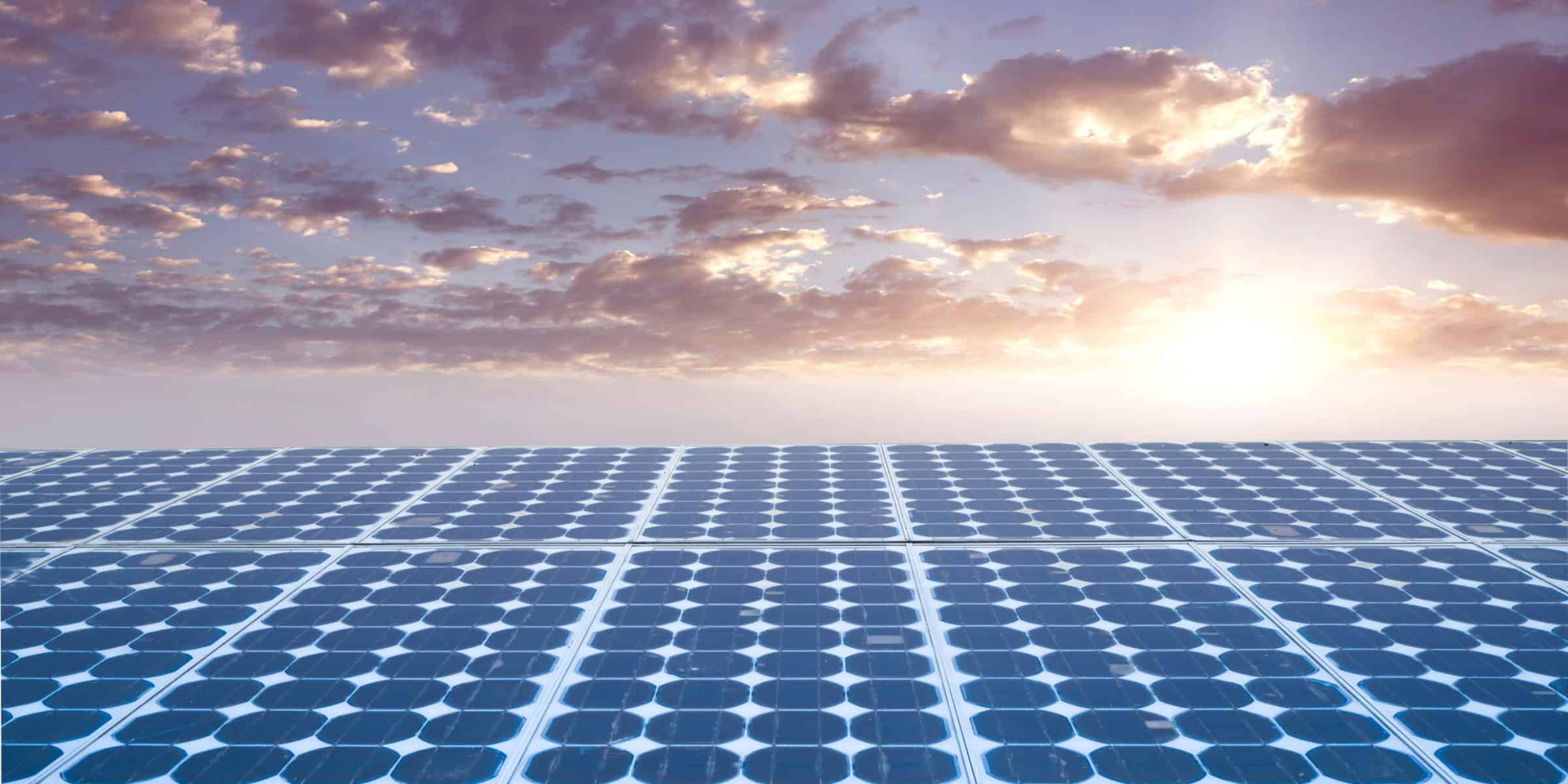Are you considering installing solar panels for your home or business? It’s important to understand the different types of solar systems available before making a decision. The three main types of solar systems are grid-tied, off-grid, and hybrid.
Each system has its own benefits and drawbacks, so it’s important to choose the one that best fits your needs.
Grid-tied solar systems are the most common type of solar system. They are connected to the electrical grid, allowing you to use electricity from the grid when your solar panels are not producing enough energy, and sell excess energy back to the grid.
Off-grid solar systems, on the other hand, are not connected to the electrical grid. They rely solely on solar panels and batteries to produce and store energy.
Hybrid solar systems combine the best of both worlds, using solar panels and batteries to produce and store energy, while also being connected to the electrical grid as a backup.
By understanding the differences between these three types of solar systems, you can make an informed decision on which system is best for you.
Grid-Tied Solar Systems: How They Work
If you’re looking to harness the power of the sun to reduce your energy bills, a grid-tied solar system may be the perfect solution for you. These systems are connected to the utility grid and allow you to use solar energy during the day while still being able to draw power from the grid at night or during cloudy days.
The excess energy produced by the solar panels can also be fed back into the grid, earning you credits on your utility bill. One of the biggest advantages of grid-tied solar systems is their cost-effectiveness. Since you’re still connected to the grid, you don’t need to invest in expensive battery storage systems. This means that the initial installation costs are lower than off-grid or hybrid systems.
Additionally, since these systems are connected to the grid, you have access to electricity even when your solar panels are not producing enough energy, ensuring that you’ll always have power when you need it. However, there are some limitations to grid-tied solar systems. One of the biggest concerns is that if there’s a power outage, your system will automatically shut down to prevent any energy from feeding back into the grid and potentially harming utility workers.
This means that you’ll be without power until the grid is restored. Additionally, since you’re still connected to the grid, you’re subject to the utility company’s rules and regulations, which could potentially limit your ability to produce and use solar energy. In summary, grid-tied solar systems are a great option for those looking to save money on their energy bills without investing in expensive battery storage systems. While there are some limitations to these systems, the advantages often outweigh the disadvantages, making them a popular choice for homeowners and businesses alike.
Off-Grid Solar Systems: Understanding Independence
Living off the grid means you’re completely self-sufficient, relying solely on the sun to power your home and lifestyle. It’s a lifestyle that’s growing in popularity due to its benefits.
The most significant benefit of off-grid living is the independence it provides. You no longer have to rely on the grid for electricity, which means no more power outages or monthly electricity bills. You also have the freedom to live wherever you want, without worrying about access to the grid.
However, maintaining an off-grid solar system can be challenging. The system requires careful planning, installation, and ongoing maintenance. One of the biggest challenges is ensuring that your solar panels receive enough sunlight. You need to find the optimal location for your solar panels and make sure they’re angled correctly. You also need to ensure that your battery bank is properly charged and maintained to prevent damage.
Despite the challenges, the benefits of off-grid living make it a worthwhile endeavor for those who’re willing to put in the effort. It offers a sense of freedom and self-sufficiency that’s difficult to achieve when tethered to the grid. Plus, with advancements in solar technology, off-grid solar systems are becoming more efficient and cost-effective.
If you’re considering living off the grid, do your research and find a reputable solar installer who can help you design and maintain a system that works for you.
Hybrid Solar Systems: The Best of Both Worlds
Get the best of both worlds with a hybrid solar system that combines the benefits of grid-tied and off-grid solar systems. With a hybrid system, you can enjoy the independence of off-grid living while also having the security of being connected to the grid.
This means that you can still have access to electricity even when there is not enough energy being produced by your solar panels. One of the main differences between a hybrid solar system and a grid-tied system is the addition of battery storage.
This allows you to store excess energy produced by your solar panels for use during times when there is not enough sunlight. It also means that you can use renewable energy integration to maximize the amount of energy you produce and store, reducing your reliance on the grid even further.
With a hybrid solar system, you’re not only reducing your carbon footprint and saving money on your electricity bills, but you’re also ensuring that you have access to electricity even during power outages. By incorporating battery storage and renewable energy integration, you can enjoy the best of both worlds and take control of your energy use.
Pros and Cons of Grid-Tied, Off-Grid, and Hybrid Systems
You’ll want to weigh the advantages and disadvantages of being solely connected to the grid, completely off-grid, or a combination of both in order to make an informed decision on your solar energy system.
A grid-tied system is the most common type of solar setup, where your panels are connected to the utility grid. The advantage of this system is that you can sell any excess energy back to the grid, but the disadvantage is that you’re still dependent on the grid, which means you’ll experience power outages if the grid goes down.
On the other hand, an off-grid system means you’re completely self-sufficient. You don’t rely on the utility grid and can still have power during an outage. However, the disadvantage is that it requires more equipment and a larger investment upfront. Plus, you’ll need to manage your energy usage to ensure that you have enough power to last until the sun comes up again.
A hybrid solar system offers the best of both worlds. You can store excess energy in batteries, so you’re not completely reliant on the grid, but you’re also not completely off-grid. The advantage of this system is that you can still have power during an outage, but the disadvantage is that it’s more expensive than a grid-tied system.
Ultimately, the decision comes down to your energy needs, budget, and lifestyle.
Choosing the Right Solar System for Your Needs
If you’re looking to install solar panels, it’s important to choose the right system that meets your energy needs and budget. Before making any decision, it’s crucial to consider certain factors such as your location, energy usage, and incentives available in your area.
For example, if you live in an area with frequent power outages, an off-grid or hybrid system might be a better option for you. Cost analysis is another important factor to consider when choosing the right solar system for your needs. While off-grid and hybrid systems may be more expensive upfront, they can save you money in the long run by reducing your reliance on the grid and protecting you from rising energy costs.
On the other hand, grid-tied systems are typically less expensive to install, but may not provide the same level of energy independence. Ultimately, the decision of which solar system to install depends on your unique energy needs and financial situation.
It’s important to do your research and consult with a professional to determine the best option for you. With the right system in place, you can enjoy the benefits of solar energy while also reducing your carbon footprint and saving money on energy costs.
Conclusion
Congratulations, you now have a better understanding of the different types of solar systems available: grid-tied, off-grid, and hybrid.
Each system has its own advantages and disadvantages, so it’s important to choose the one that suits your specific needs and circumstances.
If you want to reduce your energy bill and earn money through net metering, a grid-tied system is a great option. But if you want to be fully independent from the grid and have backup power during emergencies, an off-grid system is the way to go.
And if you want the best of both worlds, a hybrid system can provide you with the benefits of both grid-tied and off-grid systems.
Remember to do your research, consult with professionals, and assess your energy needs before making a decision. With the right solar system, you can save money, reduce your carbon footprint, and enjoy the benefits of clean energy.
So go ahead and take the first step towards a sustainable future!




